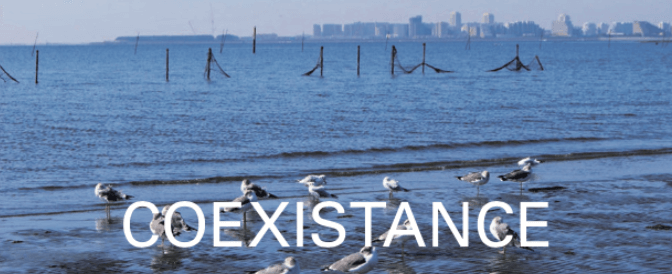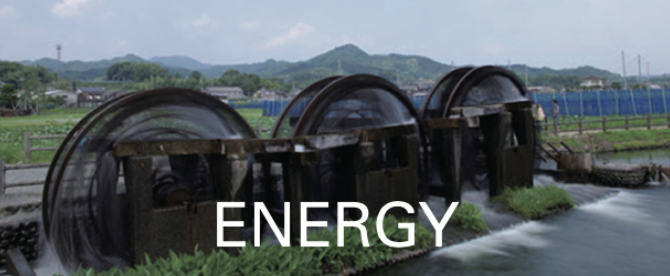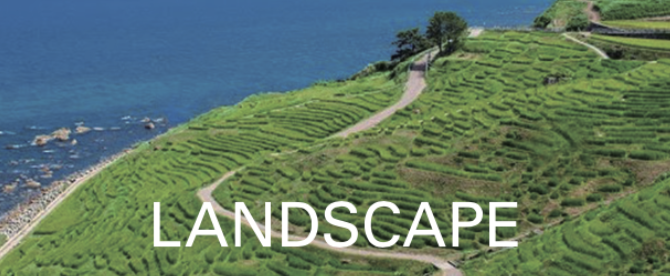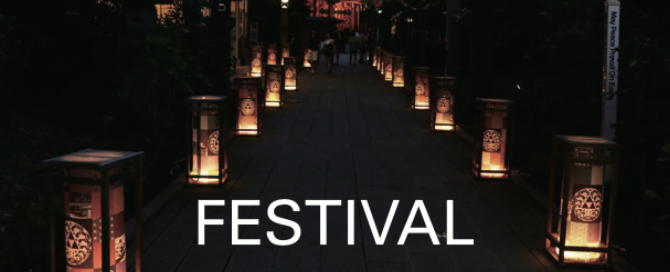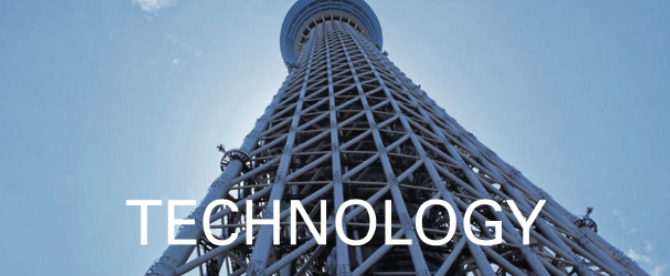
This shrine enshrines Mt. Nataisan(2484m), Mt. Nyohosan(2464m), and Mt. Tarosan(2368m). This shrine started in 767, when Shodo Shonin, a High Priest in the 8th – 9th century, made Hokora, a small shrine for the God of Mt. Nantaisan. It was a place for priests to seek spiritual enlightenment.
Minamoto no Yoritomo (1147 – 1199), the 1st shogun of the Kamakura Shogunate, devoutly worshiped at this shrine. He was the guardian deity of Bando Musha, warriors from east Japan. Chugushi shrine is located at the base of Mt. Nantaisan, at the northern shore of Lake Chuzenji.
The treasure house in the Chugushi shrine possesses a Long Sword, Bizen Osafune, from the period of the Northern and Southern Courts (1336 – 1392). It also has a Gilt bronze Mikoshi, a portable shrine used in the Yayoi Festival, a festival held at this shrine each April. Those exhibitions tell the history about the guardian deity of Bando Musha.
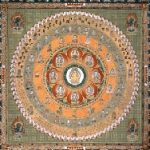
This temple originated from the foundation of Buddhism at Mt. Nikko by Shodo Shonin, a High Priest in the 8th – 9th century, in the Nara period (710 – 794). At this temple Shinbutsu-shugo, the syncretism of Shintoism and Buddhism, and mountain worship developed, during the Kamakura period (1185 – 1333).
Rinnoji no Miya, the imperial Abbot of Nikko, was also Tendai Zashu, the head priest of the Tendai sect, and Ueno Kaeji Sansu, the head priest of Kanenji Temple in Ueno Tokyo, in the Edo period (1603 – 1868). This layout of a complex of temple buildings shows the history of the greatest sacred mountain in the Kanto Area.
This treasure hall possesses Shijoko Mandarazu, the image of Mandala, a geometric configuration of symbols to be used as a spiritual guidance tool in Buddhist Japan. Shijoko is the Great Wisdom from the head of a Dainichi Nyorai, Supreme Buddha of the Cosmos and the central object in Esoteric sects of Buddhism. This image of Mandala prays for sedation and good health in extraordinary natural occurrences and epidemics.
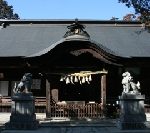
Kai Province Yamanashi began in the 7th century, moved its center to the eastern part of the Kofu basin with Kai-Genji, the Minamoto clan, in the Heian period (794 – 1185). This shrine is located on the eastern edge of the basin and overlooks the mountains in the southeast, which was founded in 865, and was the most important provincial shrine. This shrine enshrines Konohana sakuyahime no Mikoto, the Goddess who is the daughter of Oyamatsumi no mikoto, a god of mountains, sea and war in Japanese mythology and sowed seeds of flowers from the top of Mt. Fuji. This Goddess is graceful and elegant, like cherry tree blossoms blooming.
The Takeda clan, which was the feudal lord of Kai Province, prayed for their victory from generation to generation. They dedicated offerings to this shrine such as an Imperial letter by Empero Go-Nara (1496 – 1557), which was the offering from Takeda Shingen (1521 – 1573), the feudal lord of Kai Province. Those offerings have been handed down to this shrine.

This observatory opened in 1955, voluntarily funded by the citizens of Sendai. During postwar restoration, the observatory was a boon for amateur stargazers, as it utilized the Tohoku University’s Faculty of Science facilities.
Presently, this facility also offers a variety of programs, including those related to history, the environment, life sciences, music and the arts.
From ancient times, the people of Tohoku have had a devout interest in astronomy and, in particular, the North Star and the Big Dipper.
